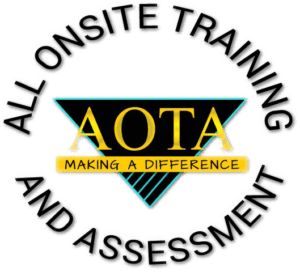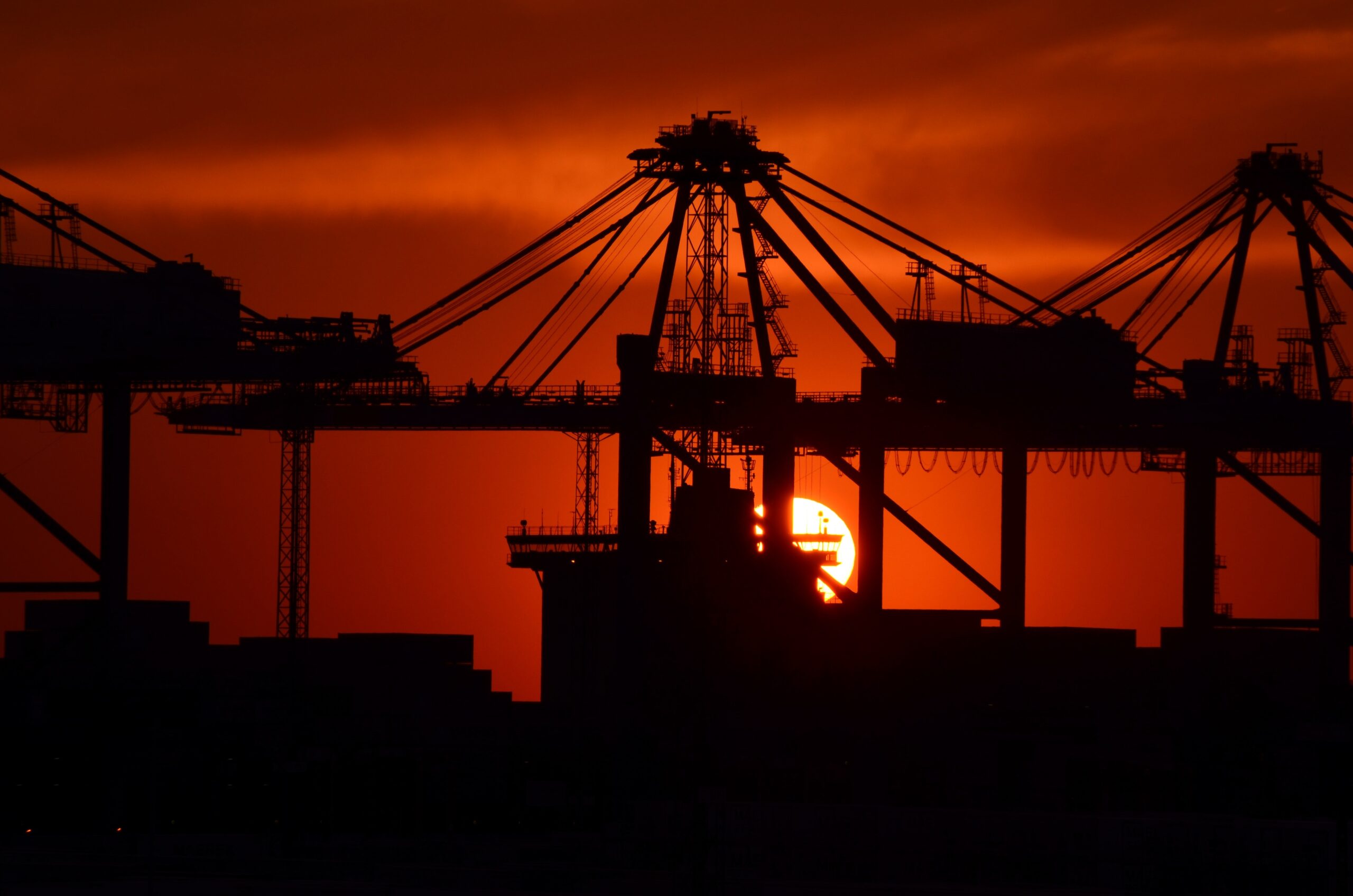Do You Need A High Risk Work Licence?
A high risk work licence is required to operate some machinery, erect scaffolding or undertake dogging or rigging work.
This licence was introduced to protect workers from hazards associated with high risk activities. The licence is designed to ensure that workers who perform these activities are properly trained and supervised by someone with the appropriate experience, knowledge and skills.
Here you will find all the information you need to apply for a high risk work licence and remain compliant with health and safety laws.
If you are an employer or contractor who is required to hold a high risk work licence, this page will help you understand what is required of you.
For Certain Types Of Work You Require A Relevant Licence, they can include:
-
cranes
-
forklifts
-
hoists
-
pressure equipment
-
reach stackers
-
scaffolding
-
dogging
-
rigging
High risk work licences are valid for five years and recognised nationally: you can work in any state or territory if you have a current HRW licence.
Visit Verify.licence to look up and verify NSW High Risk Work Licence holder information.
Let’s take a look at the requirements for some of the more popular types of high risk work.
Cranes
You need a high risk work licence if you want to operate cranes in NSW.
Before you can apply for a national licence to perform high risk work to operate any of the following cranes, a registered training organisation (RTO) must assess your training, skills and knowledge using the relevant national ‘assessment instrument’ under realistic workplace conditions.
The definitions of different cranes are outlined in detail in the Work Health and Safety Regulation 2011. Listed below is only a general description of each type of equipment.
Bridge and gantry cranes (CB), which are controlled from a permanent cabin or control station on the crane as well as those that are remote controlled with more than three powered operations (hoist, raise and lower equals one operation), including the application of load estimation and slinging techniques to move a load.
Derrick crane (CD), which is a slewing strut-boom crane with its boom pivoted at the base of a mast which is either guyed (guy-derrick) or held by backstays (stiff-legged derrick) and which is capable of luffing under load.
Non slewing mobile cranes greater than three tonnes capacity (CN). Includes: articulated type mobile cranes locomotive cranes non-slewing telehandlers (over three tonnes capacity, fitted with a boom and/or jib with a hoist rope and/or hook block). Does not include vehicle tow trucks.
Portal boom cranes are mounted on a portal frame that is supported on runways along which the crane travels. A boom crane or jib crane mounted on a portal frame that is supported on runways along which the crane travels.
Self-erecting tower cranes are those where the tower structure and boom/jib elements are not disassembled into component sections and it can be transported between sites as a complete unit with the erection and dismantling processes an inherent part of the crane’s function.
Slewing mobile cranes are those where the boom jib can be slewed. This excludes front end loader, backhoe, excavator and other earthmoving equipment when configured for crane operation. There are four classes of slewing mobile cranes each with a different capacity: up to 20 tonnes (C2); up to 60 tonnes (C6); up to 100 tonnes (see crane courses)
Tower cranes (CT) A jib or boom crane mounted on a tower structure, demountable or permanent, including both horizontal and luffing jib types.
Vehicle loading crane (CV) Covers the operation of a crane with a capacity of 10 metre tonnes or more, mounted on a vehicle to move a load onto or from the vehicle, including the application of load estimation and slinging techniques to move a load.
Concrete placing booms (PB) Covers the operation of knuckle type concrete placing booms, capable of power operated slewing and luffing to place concrete by pumping through a pipeline. The pipeline will be attached to or forming part of the boom of the plant, and includes both vehicle and satellite mounted units.
Dogging, Rigging & Scaffolding
A high-risk work licence is required for all operators, supervisors and workers who are part of the following activities:
Dogging: (see dogging course) This consists of the application of slinging techniques to move a load (including the selection and inspection of lifting gear) and/or the directing of a crane/hoist operator in the movement of a load when the load is out of the view of the crane/hoist operator.
Rigging: (see rigging courses) There are three types of rigging: Basic (RB), Intermediate (RI) and Advanced (RA). Rigging work means the use of mechanical load shifting equipment (and associated gear) to move, place or secure a load using plant, equipment or members of a building or structures, to ensure the stability of those members or the setting up or dismantling of cranes or hoists.
Scaffolding: (see scaffolding course) Scaffolding work is the erection, alteration or dismantling of a temporary structure erected to support a platform from which a person or object could fall more than four metres from the platform or structure.
Forklift Licence
If you want to operate a forklift in NSW, you’ll need a high risk work licence.
There are two classes of forklift licences. They are for:
Forklift truck equipped with a mast and an elevating load carriage with a pair of fork arms or other attachment (class LF)
Order picking forklift truck where the operator’s control elevates with the load carriage/lifting media (class LO)
Before you can apply for a national licence to perform high risk work to operate a forklift, a Registered Training Organisation (RTO) must assess your training, skills and knowledge using the relevant national assessment instrument under realistic workplace conditions. (see forklift courses)
Hoist Licence
If you want to operate a hoist in NSW, you need a High Risk Work Licence (HRW).
There are three types of hoists that require an HRW licence:
– boom-type elevating work platform – over 11m reach (WP)
Telescoping devices, hinged devices or articulated devices (or any combination of these) to support a platform on which personnel, equipment and materials may be elevated to perform work. The boom length must be 11 metres or more. (see EWP courses)
– material hoist (HM)
A Builder’s Hoist (HM) is a hoist by which only goods or materials, and not personnel, may be hoisted. The car, bucket or platform is cantilevered from, and travels up and down externally to, a face of the support structure.
– personnel and material hoists (HP).
Personnel and material hoists are used to transport personnel, goods and/or materials between two points. The hoist may be located on the ground or suspended from a structure, such as a tower or building.
Reach Stacker
Reach stackers are used to lift, move and transport shipping containers. They incorporate an attachment for this purpose and do not include a portainer crane.
To operate a reach stacker with a capacity of more than three tonnes in NSW, you will need to hold a high risk work licence in the reach stacker class (RS), or one of the slewing mobile crane classes being C0, C1, C2 or C6.
Eligibility and Application Process
The process for obtaining a high risk work licence is simple. You just need to complete a recognised training course and have been assessed as competent by a SafeWork NSW accredited assessor working for the RTO.
You must be at least 18 years old and be able to use English at a level that enables you to perform high risk work safely.
After you have completed your training, the assessor will have the application forms you need for a new card. If found competent, you will then take those forms to your nearest Australia Post office as well as 100 points of ID. You will also need to bring with you a passport sized and quality photo of yourself with your name and date of birth printed on the back, we recommend that this photo is taken in front of neutral coloured wall or background.
Replacing your licence
Just fill out the replacement form online or post it to us along with 100 points of ID and payment for postage costs.
Transfer Your Licence if:
If you’ve moved permanently to NSW from another state or territory, you will need to transfer your HRW licence to NSW. We’ll need to validate your licence details with the issuing authority before you’re issued with a NSW HRW licence.
A HRW licence can be transferred from, or into, NSW if the licence is current or within 12 months of expiry. If the licence has expired beyond 12 months, you’ll need to be trained and assessed by a registered training organisation and submit a new application.
The jobs that come with high risk work licences are potentially dangerous by their very nature, and the workers who take these jobs need to be licensed before they can proceed. But if you’re going to do this type of work, it’s important to choose your contractor wisely; after all, you want to ensure that you and your employees aren’t put in harm’s way.
If you have any questions regarding the above article, please contact one of our friendly team today!!
Dedicated to your safety since 1998
AOTA

